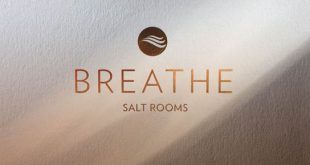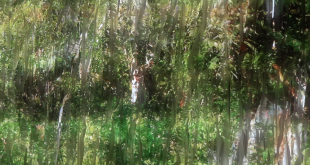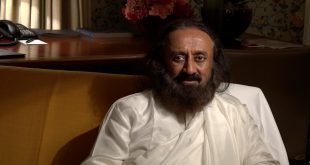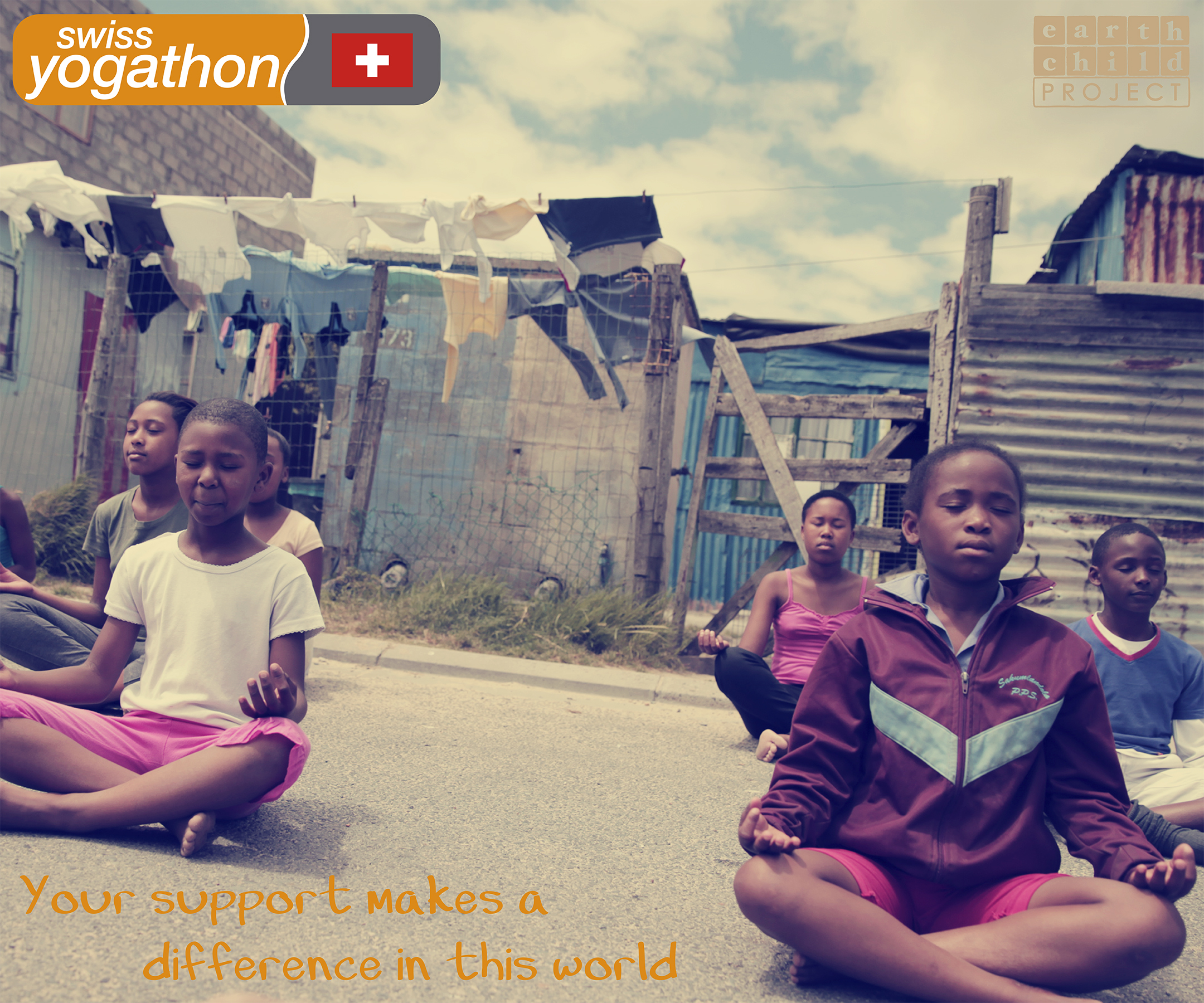There are two big directional shifts in the energy of the natural world. The first comes in spring, when winter’s dormancy ends and growth energy begins. This is when Nature intended you to take a break during the summer months, when food and warmth are abundant.
The second big directional shift is autumn, when the growth energy of spring and summer ends. Autumn, for some parts of the world, marks a change in both light and warmth as we approach colder and darker days. For most of us this means shorter days, longer nights and a decline in temperatures. But how does this affect our lives, mind and body?
The impact of light and temperature on the human body is profound. We all need some level of light and warmth for our bodies to survive. A lack of sunlight can cause what is known as ‘Seasonal Affective Disorder’ (SAD). This mood disorder usually affects people during the winter months, when daylight becomes scarce. When exposed to less sunlight, your body produces more Melatonin, the hormone that makes you feel sleepy, resulting in your brain producing less Serotonin, the neurotransmitter that affects your moods, appetite, sleep and sexual desire. As these Serotonin levels decrease, carbohydrate cravings increase. The eating of carbohydrates causes the Serotonin levels to spike, making people feel ‘better’, however this increase is short lived. SAD is marked by moodiness, low energy, difficulty sleeping, a lack of interest in activities and relationships, feeling hopeless and an overall sense of depression, resulting in us wanting to ‘hibernate’, or socialise less.
Cold temperatures reduce sensory feedback, dexterity, muscle strength, blood flow and balance. The reduction in atmospheric pressure allows body fluids to move from blood vessels to tissues, causing pressure on the nerves and joints, leading to increased pain, stiffness and reduced mobility.
A Harvard study also found that the lack of sunlight affects the quality and deepness of your sleep, making you feel tired during the day. When ultraviolet light hits your retinas, a chemical reaction takes place in your brain, firming up your circadian sleep rhythms, ensuring you sleep soundly at night and wake feeling energised. Sunlight also fortifies your Vitamin D levels, meaning in winter the lack of Vitamin D can leave you feeling fatigued. Many reports have linked ‘Seasonal Affective Disorder’ (SAD) to both lower Vitamin D levels and poor sleep.
One solution in the winter and falls: Surya Namaskar, the sun salutation that helps with balancing energies, flow and restore your body cells. Here is how it goes:
Sanskrit name :Â Surya Namaskar
Meaning :Â Sun Salutation
Therapeutic Applications :Â Cardio exercise.
Anatomical Focus :Â Core
Anatomical Awareness :Â Focus on core abdominal region & chest.
Position :Â Standing.
Warms up and prepares the body for asana practice. Lubricates and increases the blood supply to the joints. Stretches and strengthens the whole body. Improves efficiency of the internal organs. Helps to detoxify the body. Stimulates pingala/surya nadi which increases energy and stimulates digestion. Increases the prana in the body and helps to remove energy blockages. Useful for weight loss when practiced as an exercise. Helps to balance the endocrine system. Beeja mantras strengthen the heart. The particular breathing sequence strengthens the lungs.

 In standing position join the palms together, thumbs at a 90 degree angle from the fingers, pressed against the sternum. Exhale while inhaling stretch the arms up, look up and gently bend backwards
In standing position join the palms together, thumbs at a 90 degree angle from the fingers, pressed against the sternum. Exhale while inhaling stretch the arms up, look up and gently bend backwards Exhale bend forward from the hips coming into standing forward bend, try to place the palms on the floor and head toward the knees or shins.
Exhale bend forward from the hips coming into standing forward bend, try to place the palms on the floor and head toward the knees or shins. Inhale step the left leg back into half cobra position, keeping the foot erect and resting the left knee on the floor. Push the hips down towards the ground and bend the neck back. Push the chest forward, opening the chest and pulling the shoulders back.
Inhale step the left leg back into half cobra position, keeping the foot erect and resting the left knee on the floor. Push the hips down towards the ground and bend the neck back. Push the chest forward, opening the chest and pulling the shoulders back. Try to bring the calf and thigh of the right leg close together. Hold the breath, bring the right leg back, joining the feet together, keeping the arms, legs and back straight in Plank Pose. Your feet should remain erect.
Try to bring the calf and thigh of the right leg close together. Hold the breath, bring the right leg back, joining the feet together, keeping the arms, legs and back straight in Plank Pose. Your feet should remain erect. While exhaling, first bring the knees to the ground, then the chest and finally the forehead, coming into Ashtanga position, keeping the hips and abdomen off the ground.
While exhaling, first bring the knees to the ground, then the chest and finally the forehead, coming into Ashtanga position, keeping the hips and abdomen off the ground. While inhaling come into the Cobra Position, straightening the arms, keeping the toes erect and legs together, knees and hips on the ground. Push the chest forward and pull the shoulders back, gazing up towards the ceiling.
While inhaling come into the Cobra Position, straightening the arms, keeping the toes erect and legs together, knees and hips on the ground. Push the chest forward and pull the shoulders back, gazing up towards the ceiling. Exhale raise the hips up into downward dog. Keep the arms and legs straight. Tuck the chin in towards the chest, push the body backwards and try to lower the heels to the floor. Push the forehead down towards the floor.
Exhale raise the hips up into downward dog. Keep the arms and legs straight. Tuck the chin in towards the chest, push the body backwards and try to lower the heels to the floor. Push the forehead down towards the floor. Inhale and step the right leg forward between the hands coming back into the half cobra position.
Inhale and step the right leg forward between the hands coming back into the half cobra position. While exhaling bring the left leg forward into Standing Forward Bend.
While exhaling bring the left leg forward into Standing Forward Bend. Inhale, straighten the body up and come back to standing with palms joined in front of your chest.
Inhale, straighten the body up and come back to standing with palms joined in front of your chest.





